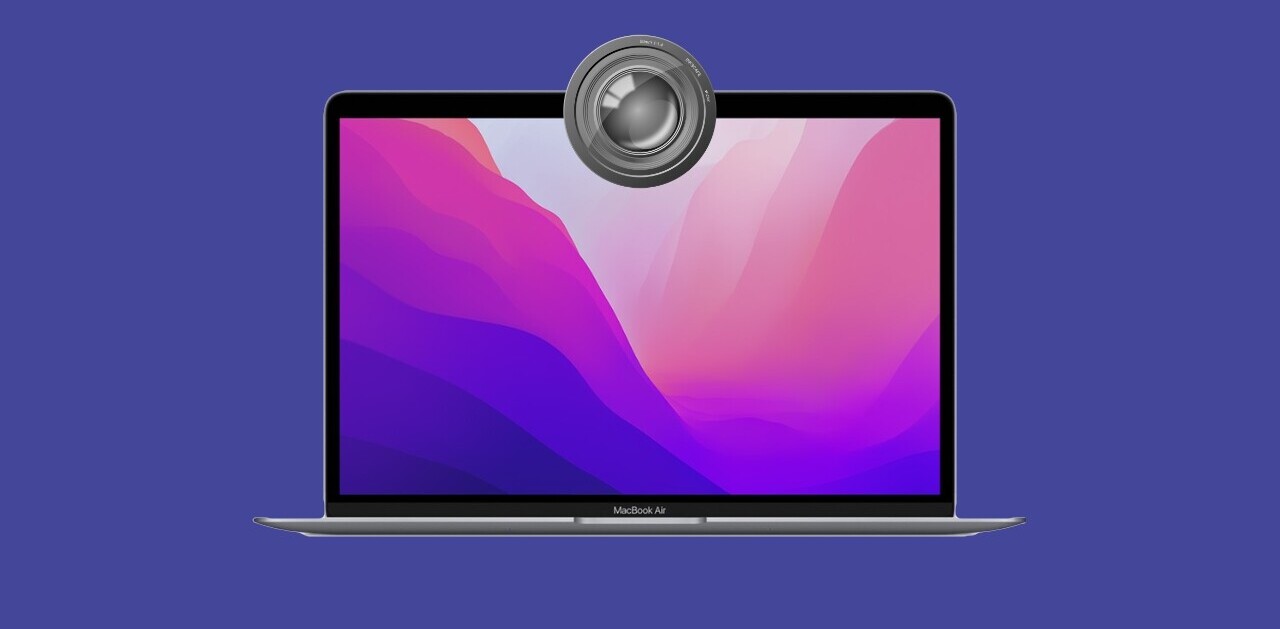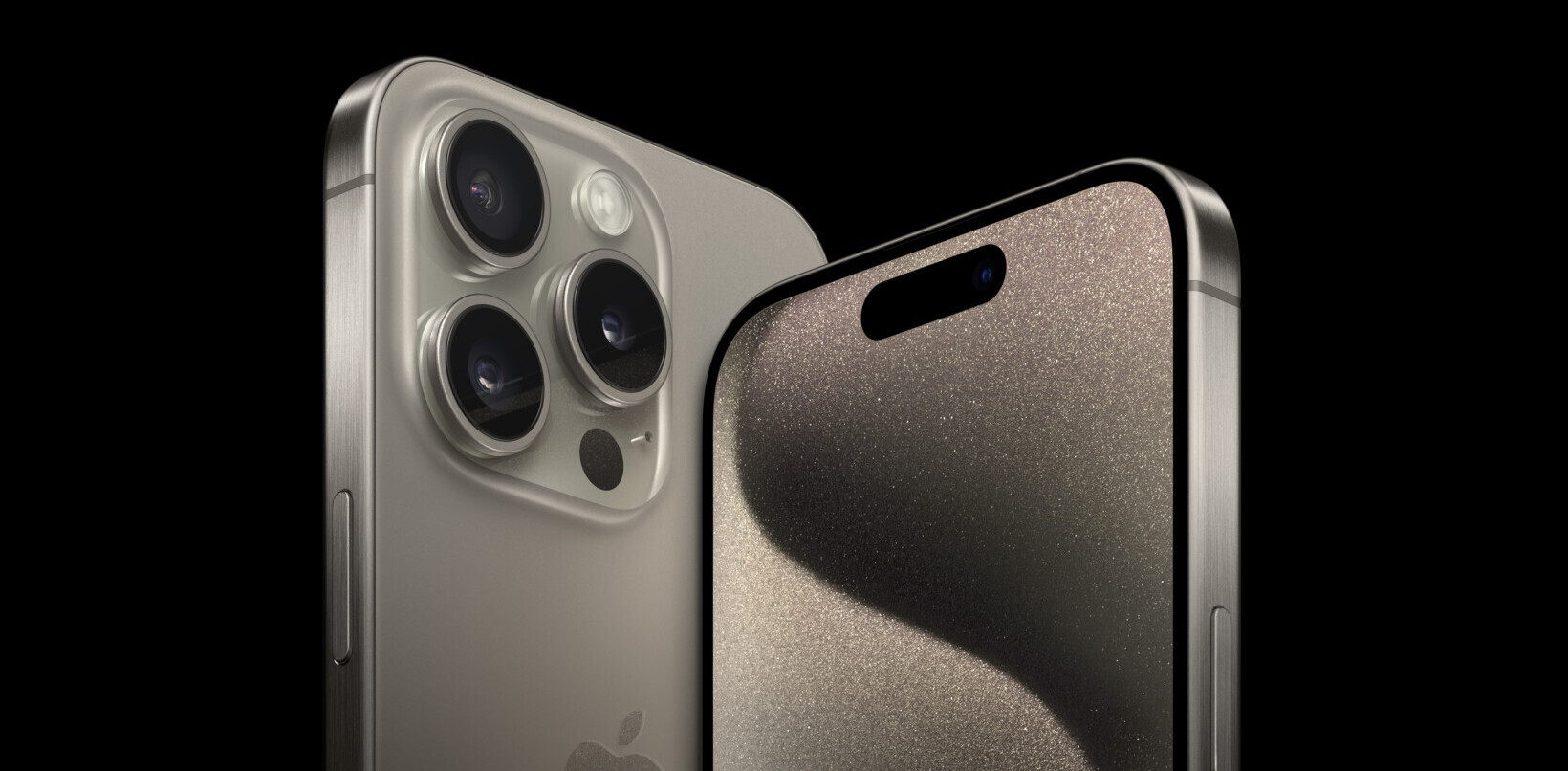
Every year there’s something wrong with the new iPhone. Sometimes it’s a legitimate complaint, and other times it’s what amounts to a mountain from an aluminum and glass molehill.
This year, we’re being treated to a round of panic over a ‘purple haze’ being seen on images shot with the iPhone 5. People have jumped on it as an obvious ‘flaw’ in the camera that may be related to the ‘sapphire’ lens cover in the new device because, hey, sapphires are colored, right? Well all of this is quite wrong for a variety of reasons. Let me break them down for you.
First off, this kind of purple halo that can be seen when pointing at bright light sources (especially if the light is coming in at an angle from the edge of an image) is nothing new. It exists to a degree in almost all lenses — including those used for point-and-shoot cameras and SLRs — with the more expensive kinds minimizing the effect through careful coating and alignment.
This is an optical effect sometimes called purple fringing, which can be related to a variety of things including stray infrared light, stray UV light, anti-reflective lens coatings, image processing or bloom from overexposure. These effects are exacerbated in very bright light and with lens flare.
The clearest example that the iPhone 5 is not a victim of some massive increase in aberration? This comparison shot that I took with the iPhone 4S and the iPhone 5:
The iPhone 5’s image is better by far and actually produces reduced flare, so I’d call that an improvement.
It’s not clear at the moment whether Apple is using a coating it refers to as ‘sapphire’ or if the lens cover on the iPhone 5 is actually made of sapphire (As pointed out in the comments, it’s almost definitely made of sapphire), but that absolutely will not affect the coloration at all. When heated properly, sapphire loses all of its color properties which come from impurities. And Apple likely uses a synthetic crystalline sapphire glass, anyway. Do you really think that Apple would put a non-color-correct lens cover over its camera?
Sapphire is an extremely hard material, just below materials like diamond, with a hardness value of 9 on the Mohs Scale (very hard). That’s why Apple probably used it for its lens cover. It also has very good optical properties and is used in scientific instruments and all kinds of optics, which would doubtless not be the case if it affected coloration in this way.
So, what we’ve got here is stray light bouncing around causing a purple fringe around bright light sources.
Is this a flaw? Sure, but it’s a flaw that’s shared by a lot of cameras and lenses, including the iPhone 4S. So feel free to be unhappy that it exists — it would be nice if Apple could figure out a way to do away with it forever.
But don’t call it a flaw in the iPhone 5 specifically, and cause a bunch of panic over nothing, please.
Image Credit: MARTIN BUREAU/AFP/Getty
Get the TNW newsletter
Get the most important tech news in your inbox each week.





